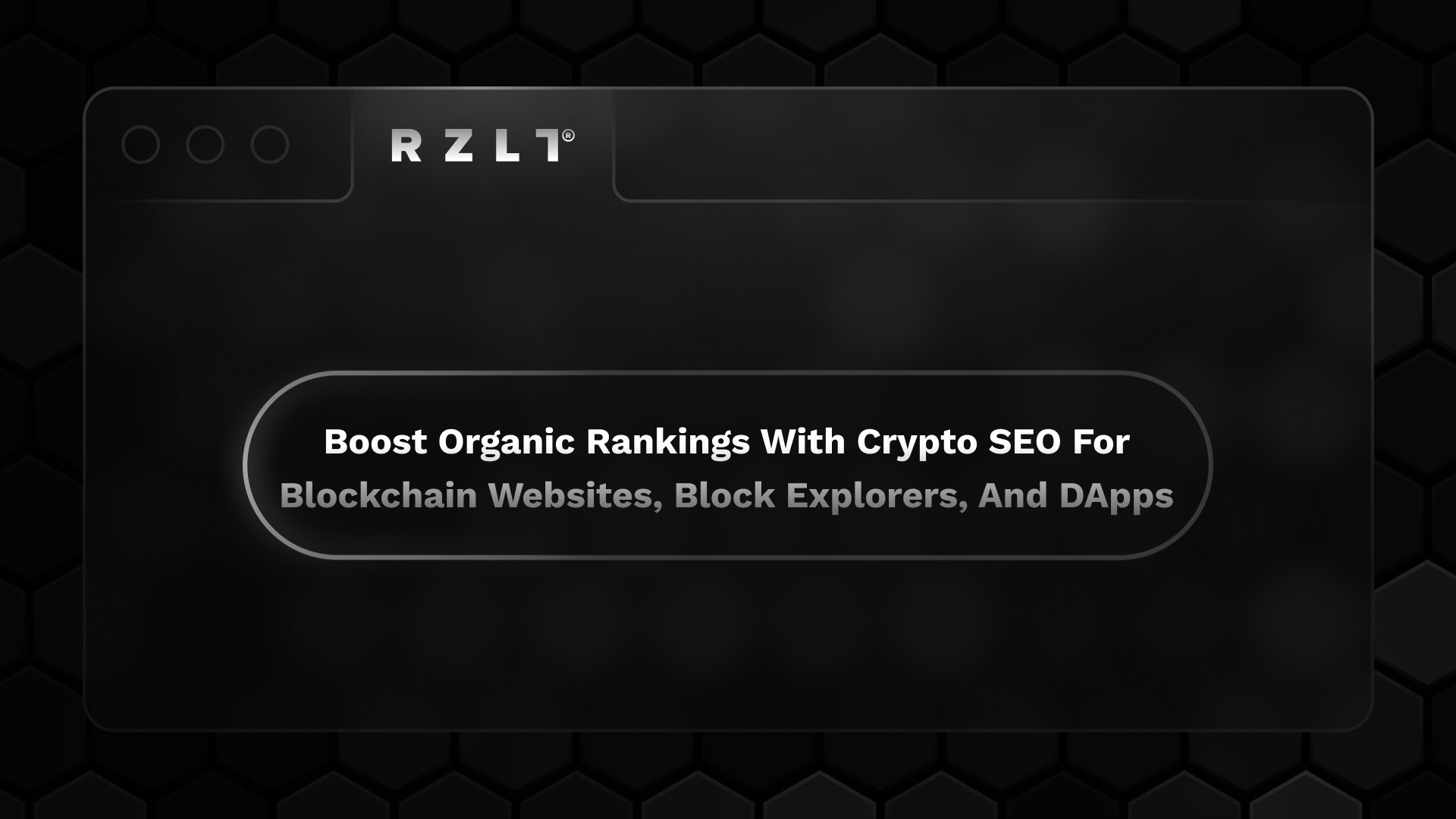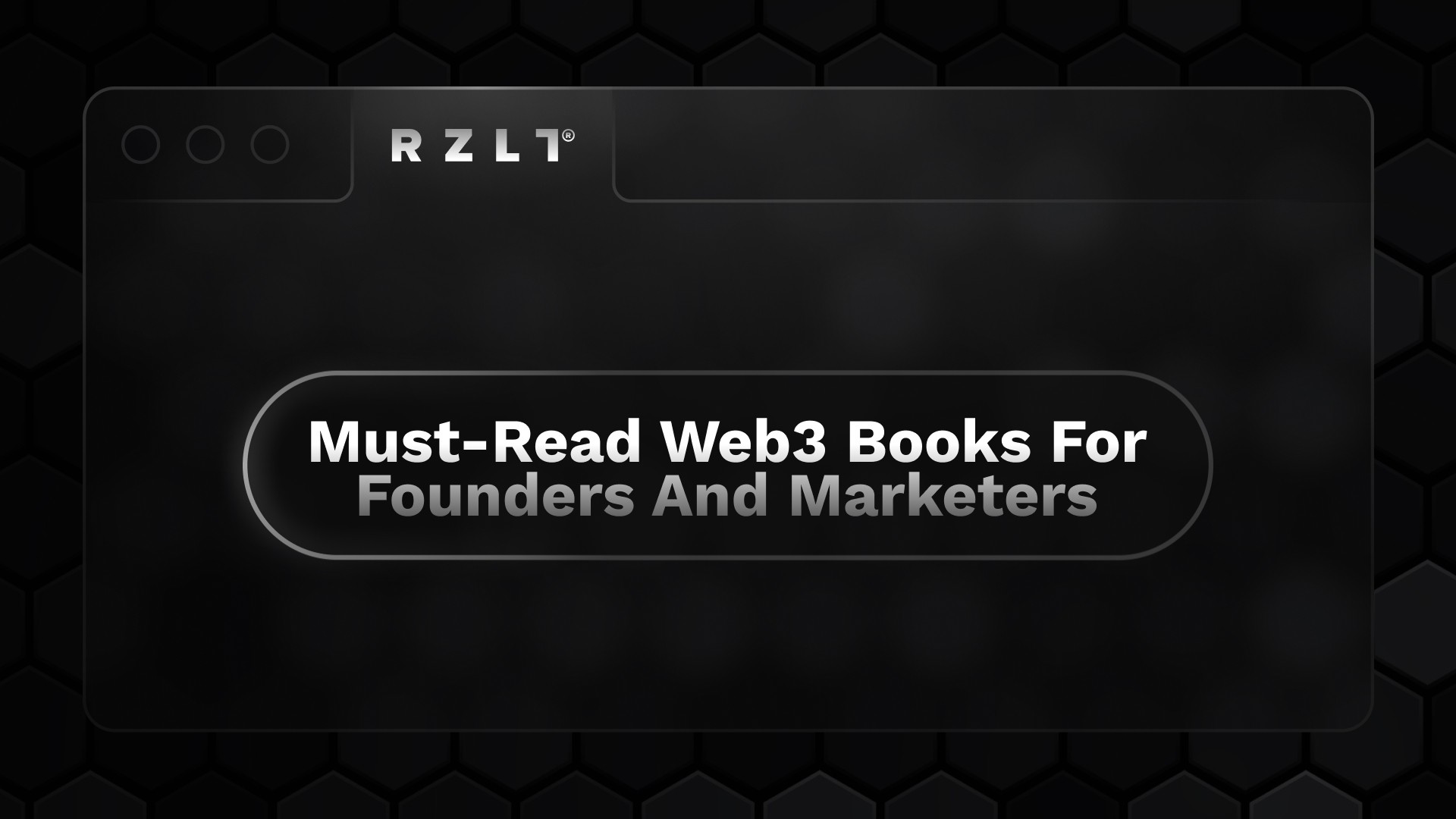x / therzlt
hello@rzlt.io
x / therzlt
hello@rzlt.io
Latest Growth Insights
A hub for bold opinions, innovative strategies, and actionable insights.
Latest Growth Insights
A hub for bold opinions, innovative strategies, and actionable insights.
More Insights
Explore our full library of insights, stories, and ideas.
More Insights
Explore our full library of insights, stories, and ideas.
More Insights
Explore our full library of insights, stories, and ideas.
Let’s rewrite the playbook.
Contact us
Let’s rewrite the playbook.
Contact us
Let’s rewrite the playbook.
Contact us



